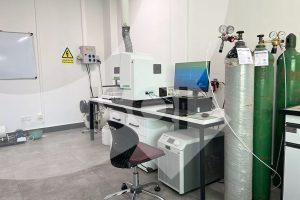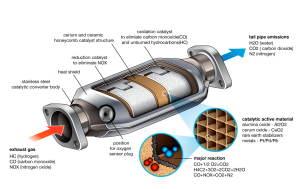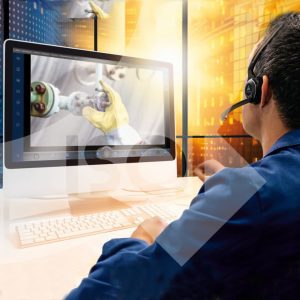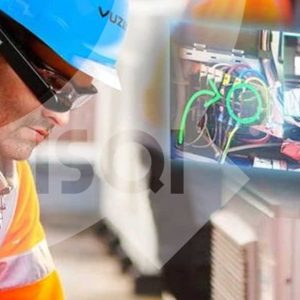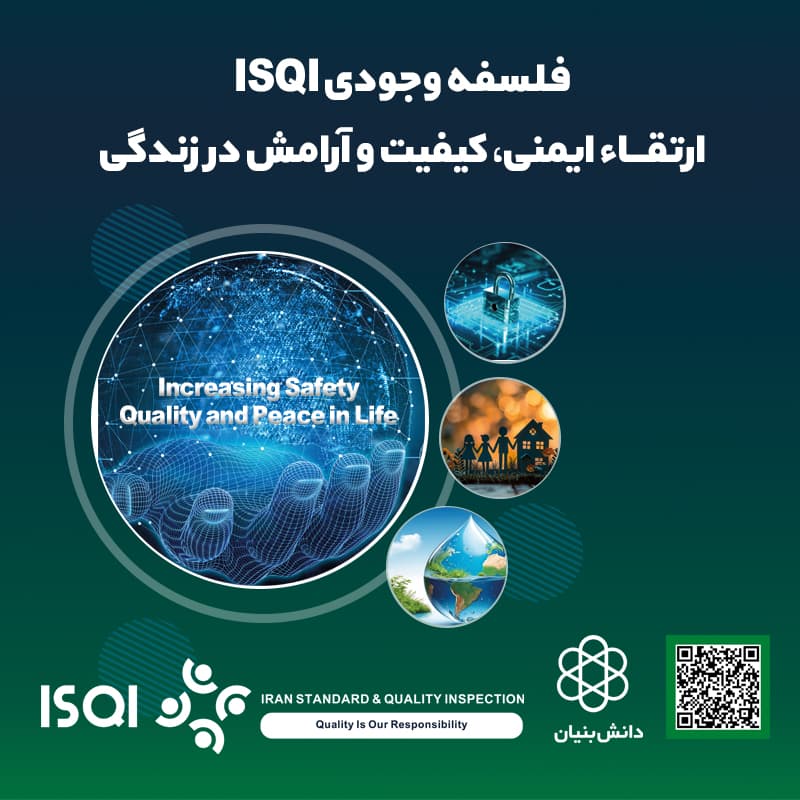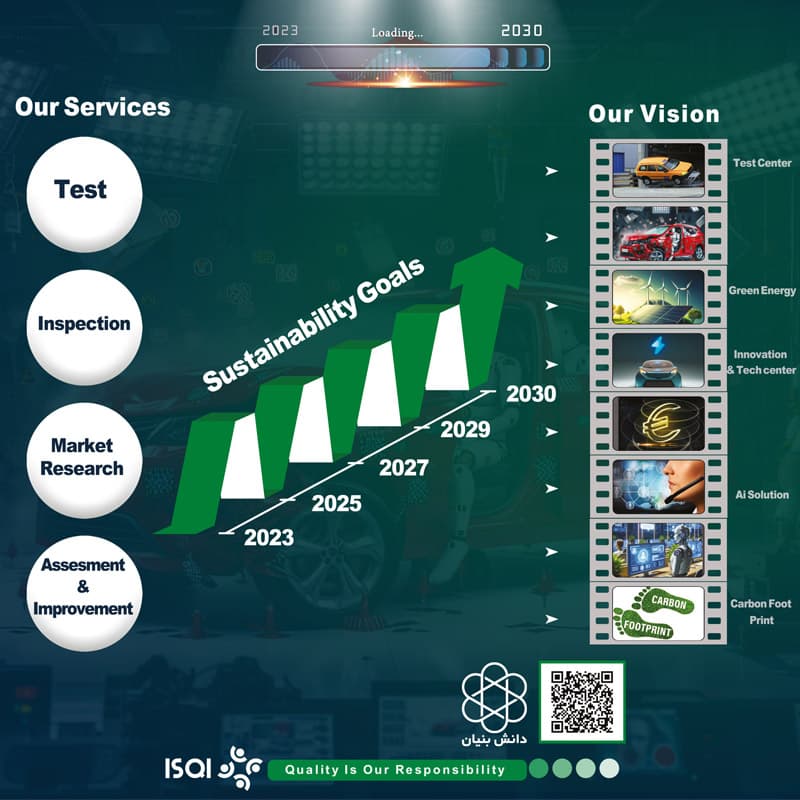Environmental pollution is one of the unwanted consequences of technology, and cars are one of the main sources of producing air pollutants. Therefore, the use of techniques and tools that are useful and effective in reducing the environmental pollution of cars has always been considered. One of the pollution control methods is the use of catalytic converters in the exhaust path of cars.
Catalytic converter is a device that is installed in the exhaust system of the car engine, and during chemical reactions, it converts a large percentage of toxic gases from car combustion into harmless gases for the ecosystem. From the most basic reaction among all catalyst converters, we can mention the conversion of hydrocarbons resulting from incomplete combustion into water vapor and carbon dioxide, as well as the conversion of nitrogen oxides into non-toxic gases.
By using precious metals used in its structure, this part plays a very important role in converting the polluting gases coming out of the car exhaust into low-risk pollutants and can have a significant impact on reducing the amount of car pollution, and since all the parts The car has a useful life span, in order to check these two issues, you can ensure the correctness of the performance of this part only by conducting a test.
In this regard, in 1400, a laboratory was set up with the aim of monitoring the quality of car emission reducing parts and catalytic converters. This laboratory is equipped with modern testing technology, including the following:
- Catalytic Converter Aging Test
- ICP-OES (Inductively Coupled Plasma – Optical Emission Spectroscopy)
In fact, the purpose of conducting tests in this field is to check the durability of the catalyst and also to determine the number of expensive metals used in the catalyst.
The equipment of this laboratory is capable of performing the following tests and applications:
Aging test of converter catalyst
The aging process of the converter catalyst is carried out to test the durability of the part and through processes based on R 83 and PSA-D175367 standards:
- Simulation of the part to perform the aging test
- Ability to validate the part to confirm the defined lifetime of the part on the car
- Simulation of the part equivalent to traveling 160,000 and 240,000 km based on Euro4 and Euro5 emission standards.
- Ability to create Bad Limit and Borderline parts for OBD (vehicle diagnostic system) tests
Qualitative test of converter catalyst and analysis of expensive metals
In this laboratory, in order to determine the quality of the converter catalyst, which is directly related to the expensive metals used in it, such as platinum, palladium, radium, etc., qualitative tests are performed to determine the following:
- The ability to identify the number of expensive metals in order to verify the amount of metal consumed with reference samples
- Impact on the reduction of pollutants released from cars
- Analysis of other metals and materials in the catalyst
communication way:
Contact number: 026-34996961-3, extension 118 Mr. Lari

